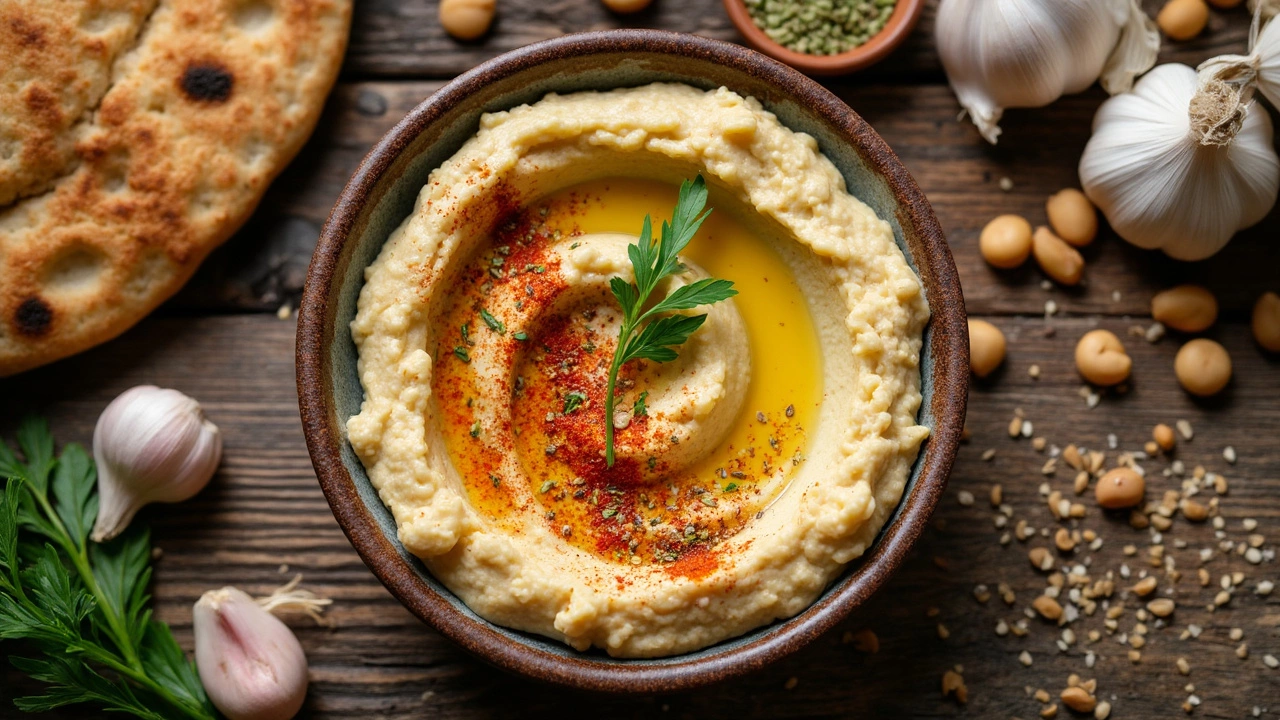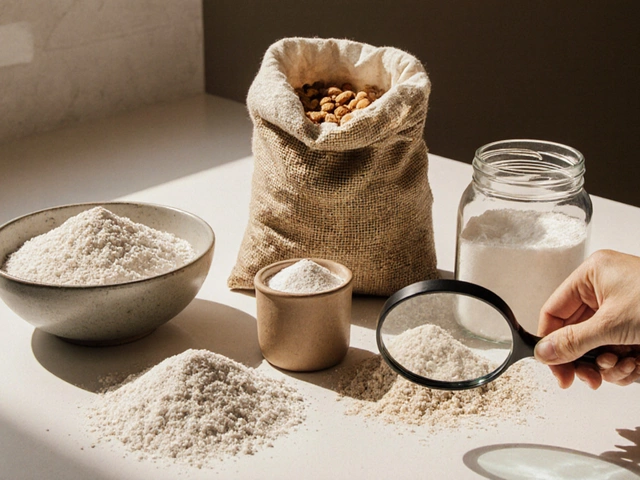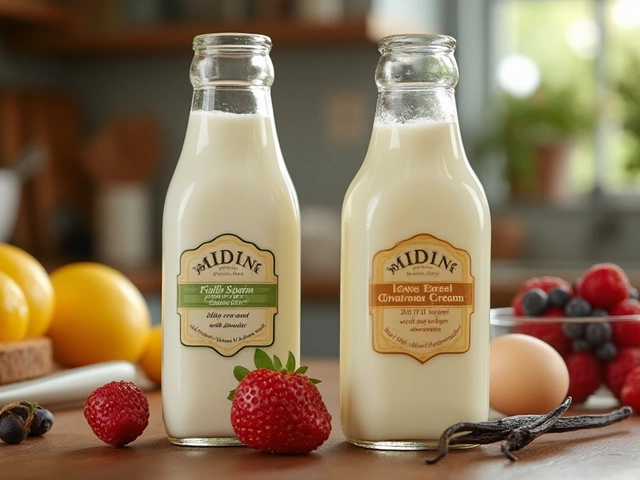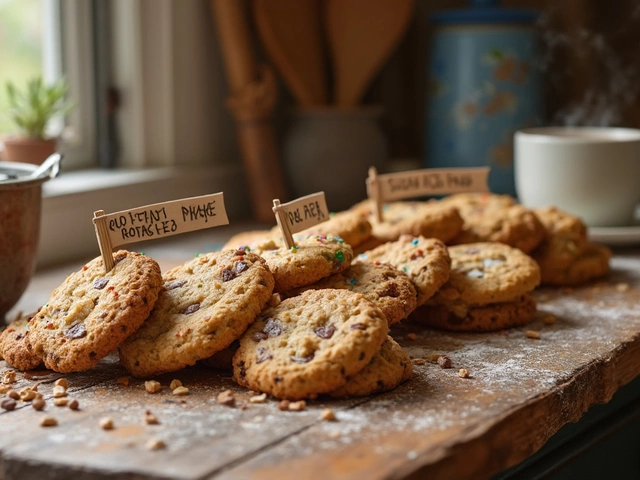Celiac Safe Desserts – Sweet Treats You Can Trust
If you have celiac disease, you know how tricky it can be to find desserts that won’t upset your gut. The good news? You don’t have to give up cake, fudge, or brownies. Our tag page gathers all the safest, tastiest recipes and the know‑how to keep them truly gluten‑free. Ready to satisfy your sweet tooth without a second thought? Let’s get into it.
Why Celiac Safe Matters
Even a tiny amount of gluten can trigger bad reactions for someone with celiac disease. It’s not just about the ingredient list; cross‑contamination in the kitchen can sneak gluten into a batch of batter. That’s why every recipe here is tested with strict celiac‑safe standards: no hidden wheat flour, no shared utensils, and clear guidance on how to keep your workspace clean.
Quick Tips for Gluten‑Free Baking Success
Follow these simple habits and your desserts will stay safe and delicious:
• Use a dedicated gluten‑free flour blend. Mixing your own blend of rice flour, potato starch, and tapioca gives a light texture and avoids cheap pre‑mixes that often contain trace wheat.
• Measure with weight, not volume. A digital scale eliminates the guesswork that can lead to too much or too little flour, which changes the crumb and can hide gluten.
• Check your equipment. Separate mixing bowls, spatulas, and cookie sheets for gluten‑free baking. If you must share, scrub everything with hot, soapy water before use.
• Watch the batter. Gluten‑free batters can be stickier. Add a splash of milk or a bit more liquid if it looks too thick; this keeps cakes from sinking.
• Don’t over‑mix. Too much mixing can develop a gummy texture. Stir until just combined.
Now that you’ve got the basics, let’s see how they apply to some of our most popular posts.
Fudge Temperature Guide – The soft‑ball stage (around 115‑120°C) is the sweet spot for creamy fudge. Use a candy thermometer, and if you’re at altitude, add 1‑2°C. The guide walks you through the exact steps so you never end up with grainy fudge again.
How to Tell If Brownies Are Bad – Spoiled brownies show a sour smell, dry edges, or mold spots. Store them in an airtight container and they’ll stay fresh up to a week. The post outlines quick visual checks so you can ditch a bad batch fast.
Gluten‑Free Cakes Sink: Why It Happens & How to Prevent It – Sunken cakes are usually caused by too much leavening, under‑baked centers, or a batter that’s too dense. The article suggests using a blend with a bit of xanthan gum and baking at a slightly lower temperature for a longer time to keep the crumb airy.
Other safe options include the Eggless Cheesecake guide, which swaps eggs for a mix of cornstarch and yogurt to keep the texture silky, and the Creative Birthday Cake Alternatives that showcase dessert bars and gluten‑free cupcakes for a party‑ready spread.
All these posts live under the “celiac safe” tag, meaning each one has been vetted for gluten‑free integrity. So whether you’re after a classic fudge fix, a reliable brownie, or a show‑stopping cake, you’ll find a recipe that won’t compromise your health.
Explore the tag, pick a recipe, and start baking with confidence. Your gut will thank you, and your friends will love the taste. Happy baking!

Is Hummus Gluten-Free? Everything You Need to Know Before You Dip In
Wondering if hummus is gluten-free? You're not alone. This detailed article explores what goes into traditional hummus, whether all store brands are safe, hidden risks, and tips for those with gluten intolerance or celiac disease. Find out how to pick or make hummus you can actually trust—and get the scoop on hidden gluten traps and restaurant pitfalls.
View More




